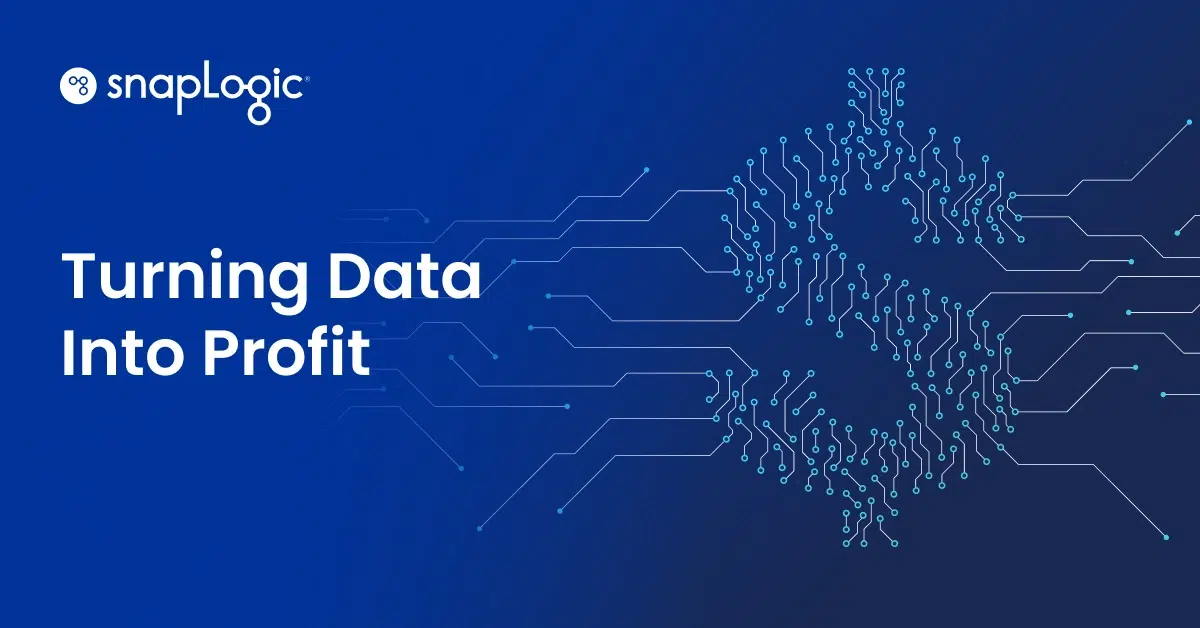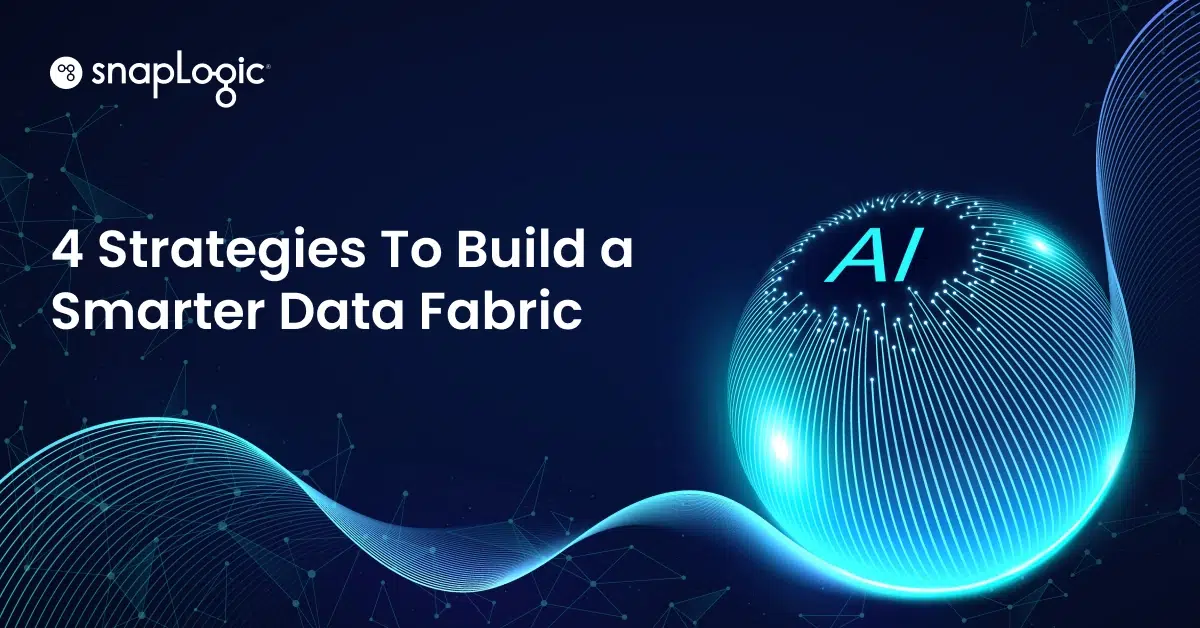Organizations today receive mountains of data from everywhere — customer surveys, order data, and site behavior tracking, just to name a few sources. But are they making the most of that data?
Not always. According to a survey by NewVantage Partners, only 24% of organizations are data-driven organizations. The rest still struggle to unify their data assets and use them for business intelligence.
You’re not alone if you want to improve how your company uses its data. This post will break down everything you need to do just that, from gauging your current level of data maturity to strengthening data literacy.
What is data maturity?
Data maturity is an organization’s capability to use its data to its advantage. Organizations with low levels of data maturity only analyze a small part of their data. Those with high levels have data embedded in every process and decision.
To take advantage of their data, organizations need tools and processes for unifying and analyzing large amounts of information from different sources. If they can find a way to unify their data and prepare it for analysis, they can improve their processes, offer more personalized products and services to their customers, and make better decisions.
Why is data maturity important?
High data maturity means greater operational efficiency. You can analyze your data to see which processes can be automated, which require more resources, which employees need more training, and so on.
The capacity to use customer data well is also invaluable. Data-mature organizations can understand customers’ preferences, tailor communications, anticipate issues, and form product ideas just by analyzing their information. For example, a company might perform sentiment analysis on customer survey data to get ideas for new products.
Deloitte conducted a study of news and media companies and found that 9% of the participants had achieved high levels of data maturity. These companies leverage audience data to improve reader experience and audience-based advertising and optimize subscription offers.
These benefits aren’t limited to news and media companies. By achieving a high level of data maturity, any organization from any sector can make informed decisions for the benefit of its customers, partners, and other stakeholders.
How to measure your organization’s data maturity
You can use an external data maturity assessment or create your own. We recommend ranking your organization with this five-level data maturity model on a scale of beginner to native:
- Beginner: Data is kept in silos; members of the organization are still using Microsoft Excel or Google Sheets.
- Amateur: The organization uses consolidation platforms and data-prepping tools, but these tools and processes can only handle a limited amount of data, and there are often issues with data quality.
- Literate: There is a Chief Data Officer or similar role in the organization. The organization invests in automation tools.
- Fluent: The organization uses predictive data modeling tools and other data management tools. Data is used in decision-making processes.
- Native: Predictive analytics are used in information modeling for decision-makers. There’s a data governance framework in place, along with a team that implements it. Every member of the organization is data literate.
You can also use Gartner’s data quality maturity model or Dell’s four-stage model.
To assess your data maturity internally, consider creating a detailed survey that examines:
- All the tools you currently use to store, clean, prepare, and analyze data.
- All the standards you have in place about data integrity and quality (your data governance framework).
- All the data professionals in your organization.
- The general level of data literacy in your organization.
In the survey, ask questions like:
| 1.What tools does your organization currently use to store, clean, prepare, and analyze data? (Select all that apply) ○ Excel ○ Google Sheets ○ SQL databases (e.g., MySQL, PostgreSQL, Oracle) ○ NoSQL databases (e.g., MongoDB, Cassandra, Couchbase) ○ Data warehousing platforms (e.g., Snowflake, Redshift, BigQuery) ○ ETL tools (e.g., Talend, Informatica, Apache NiFi) ○ Business intelligence tools (e.g., Tableau, Power BI, QlikView) ○ Machine learning platforms (e.g., TensorFlow, PyTorch, Azure ML) 2. How would you rate the data integrity and quality standards in your organization? (Select one) ○ Very high ○ High ○ Average ○ Low ○ Very low ○ Don’t know/not applicable 3. Which of the following data professionals are employed in your organization? (Select all that apply) ○ Data analysts ○ Data scientists ○ Data engineers ○ Data architects ○ Database administrators ○ Business analysts ○ Other (please specify) 4. How would you rate the general level of data literacy in your organization? (Select one) ○ Very high ○ High ○ Average ○ Low ○Very low ○ Don’t know/not applicable |
Once you take stock of the tools you use and how people in your organization use them, you can place your data maturity on the five-level data maturity model we mentioned earlier. For example, if you use Google Sheets and have low data literacy, your organization is at the beginner stage. Consider creating a similar survey for your data scientists and analysts to see where you stand in terms of data maturity.
How to improve your organization’s data maturity
Once you have placed your organization on one of the five levels of the data maturity model, you will have a good idea of where you stand and what needs to be done to get to the next level. To achieve higher levels of data maturity, you need to:
1. Assemble a data team to build and enforce data governance rules
Your data team establishes the integrity of data across all sources, creates efficient processes to handle data, helps you meet regulations, and works with all stakeholders to create and implement your data governance framework. This team will help you achieve high levels of data maturity.
Your data team should consist of a:
- Data Engineer: For designing, building, and maintaining the infrastructure necessary for handling large and complex data sets.
- Data Administrator: For managing the databases, networks, and other systems that enable the organization to store, process, and use its data effectively.
- Data Analyst: For collecting, analyzing, and interpreting data to inform business decisions and strategy.
- Data Scientist: For designing and implementing statistical models and machine learning algorithms to extract insights and value from large and complex data sets.
2. Choose between data centralization or decentralization (data fabric or mesh)
Data centralization means all data in your organization converges into a central data repository. Data decentralization (or a data mesh architecture) means there is no central repository, and data is stored in multiple data lakes and warehouses. Choosing between one or the other is important because you will design the rest of your data architecture based on this choice. Efficient data architecture leads to high data maturity.
Choose data decentralization in the following cases:
- You have a complex and large data landscape. There are many different data sources, types, and consumers in your organization, making it difficult to manage all data centrally.
- You have many teams and thousands of employees that handle data in different ways.
- You want to experiment with new data sources, technologies, and approaches without having to go through a centralized data governance process.
In all other cases, it is better to have a centralized repository.
3. Choose or build a data governance framework
To increase your data maturity, you need to take complete control of your data. And to do that, you need a data governance framework. A data governance framework is a set of policies, procedures, and standards that an organization uses to manage its data assets. It provides a structure for how data is collected, stored, processed, and used within the organization. It also gives guidelines for ensuring data quality, accuracy, security, and compliance.
Your data team can build a framework that’s tailored to your organization. You can also use the DGI data governance framework as a starting point. It explains all components of the data governance framework, from rules and definitions to stewards and decision rights. By using it, you can build a detailed set of definitions, rules, and processes and assign ownership of each process to different stakeholders.
4. Provide data literacy training to all your employees
Achieving high levels of data maturity is a team effort. Train your non-data professionals so they can abide by your data governance rules. Courses such as Data Literacy Foundations by EdX, Data Literacy Specialization by Coursera, and Data Literacy for All by Tableau are designed for everyone. Train all your employees with the help of these courses and increase your organization’s data literacy.
Your data administrators, engineers, analysts, and scientists may need to level up through advanced certifications from time to time, but basic data literacy training for everyone in the organization will go a long way in helping you make the most of your data.
How SnapLogic helps organizations boost their data maturity
SnapLogic helps you integrate all data sources within your organization and automate the flow of data as per your requirements. With the help of SnapLogic, you can implement your data governance framework and take complete control of all your data pipelines, whether you go for a centralized or decentralized approach.
Can’t decide between data centralization or decentralization? Read the Data Mesh or Data Fabric eBook and take the first step toward data maturity.









